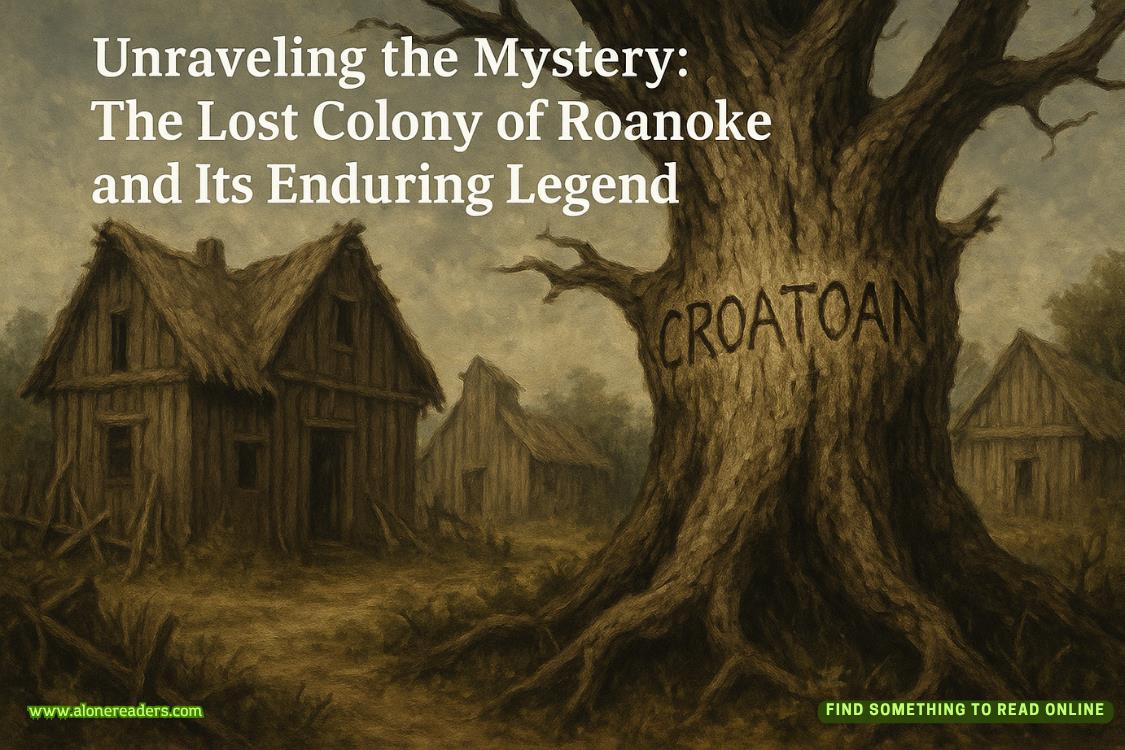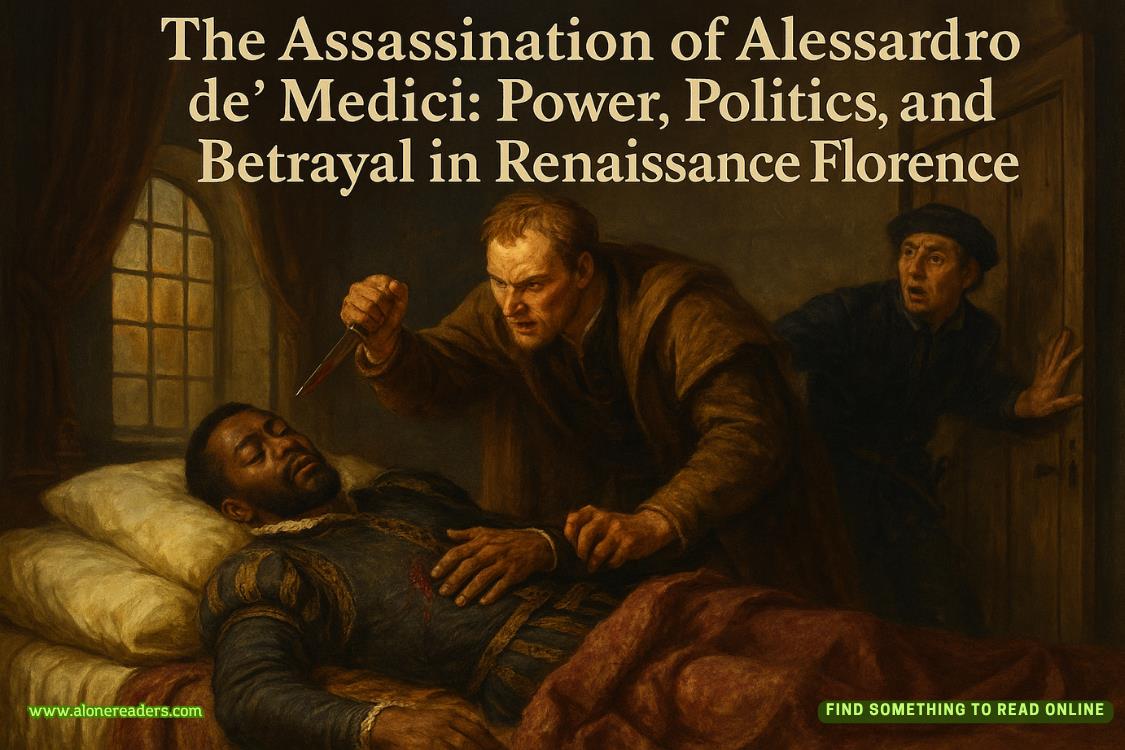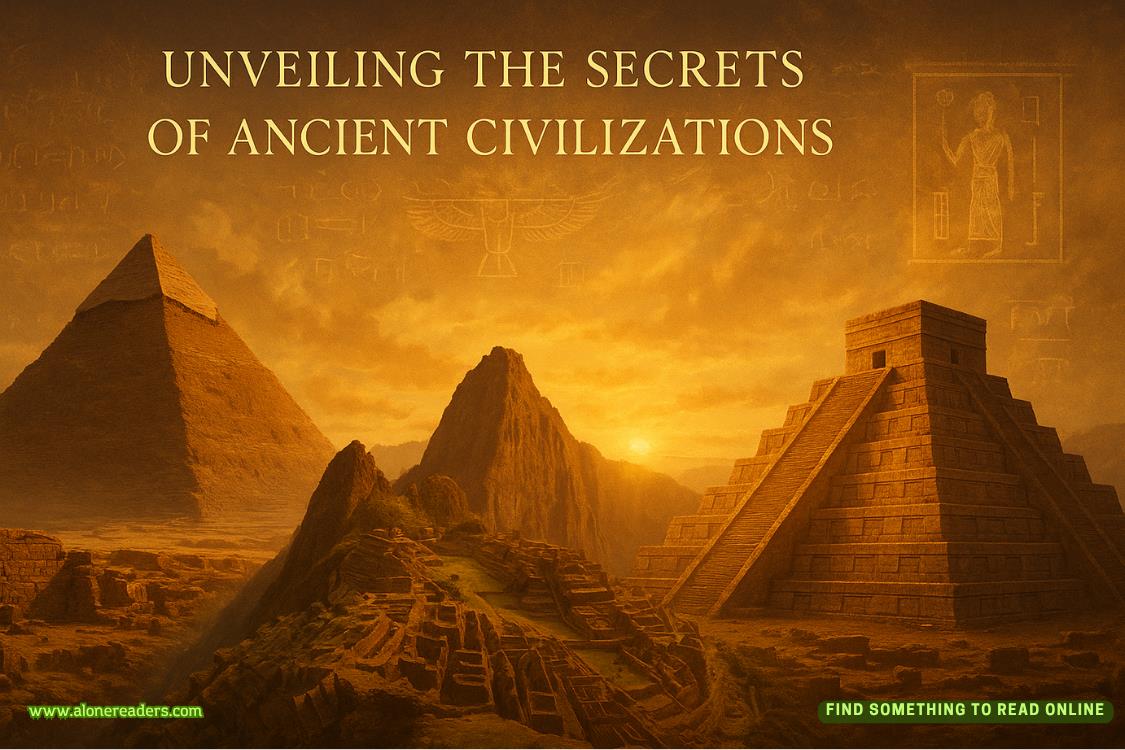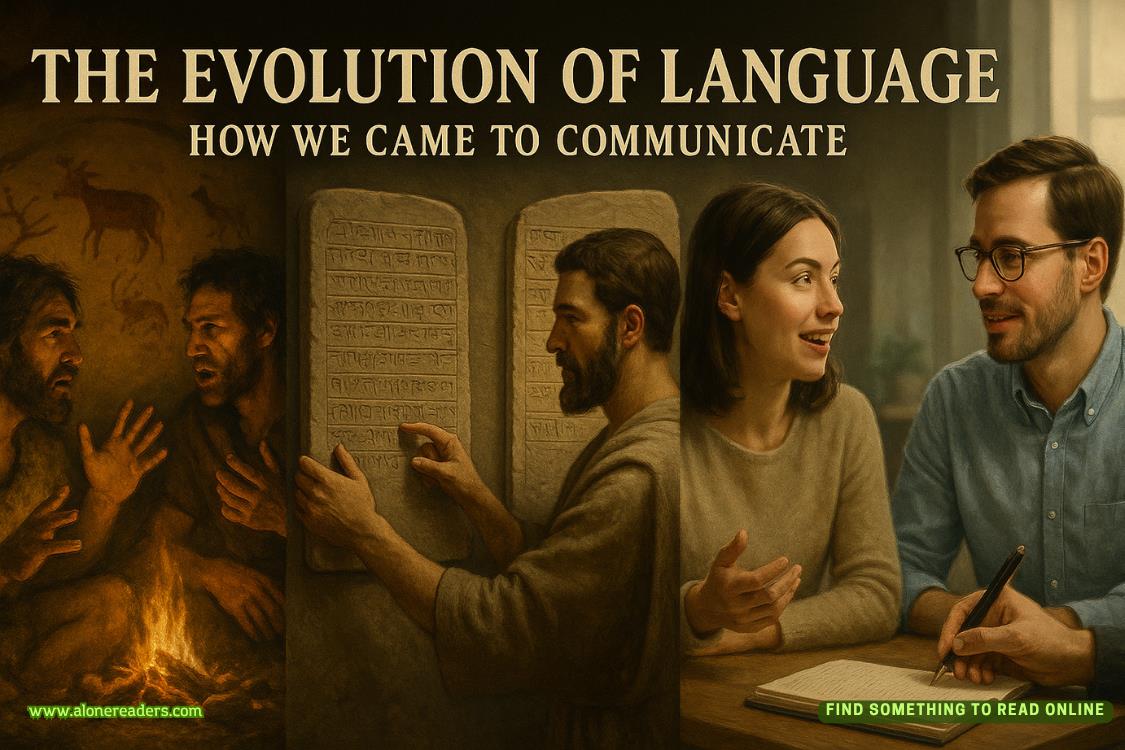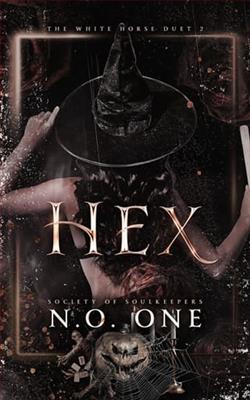Page 14 of Silent Smile
Dr. Redfeather sighed, running a hand along her braid. "We're trying to educate visitors about the importance of respecting this land, not just for its ecological value, but for its cultural significance too. It's a delicate balance, sharing our heritage while also protecting it."
Sheila nodded, absorbing this new information. "I can see why you're so passionate about protecting this place. It's not just about preserving nature, it's about preserving your people's history and culture."
"Exactly," Dr. Redfeather agreed. "Every time I walk these dunes, I feel the presence of my ancestors."
Dr. Redfeather's words stirred something in Sheila. Was her mother present with her, too? Perhaps helping her in her pursuit of the truth?
Dr. Redfeather continued, "It's my responsibility—our responsibility—to ensure that future generations can feel that connection, too."
Sheila thought of Amanda Weller and her disregard for park rules. Was it possible that Dr. Redfeather, or someone like her, was behind the murder? A means of protecting the land? She decided to keep this possibility in mind. There was no need, however, to create waves just now.
Instead, she pivoted.
"Doctor, I wonder if I could ask you about something specific," she said. "We found a symbol painted on the victim. It looked like it might be of Native American origin."
Dr. Redfeather's eyebrows rose, surprise and curiosity replacing the frustration in her eyes. "A symbol? Can you describe it?"
Sheila pulled out her phone, bringing up a photo of the symbol. Dr. Redfeather leaned in, her brow furrowed in concentration. Sheila watched her reaction carefully, looking for any sign of recognition or shock.
"Hmm," Dr. Redfeather mused, studying the image. "It's hard to say for certain. It looks... well, it looks like a very crude, hastily drawn version of an old symbol. Possibly related to sun worship, but it's so smudged and poorly executed, I can't be sure."
"But you think it's meant to be a Native American symbol?" Sheila asked. "Southern Paiute, maybe?"
"It's not from my people, no."
Sheila's heart sank.
"But there used to be other, smaller tribes in this area," Dr. Redfeather continued. "It could be an imitation of a symbol belonging to one of those tribes."
She looked up at Sheila, her expression troubled. "Sheriff, I hope you don't think this murder has anything to do with Native American practices. Our people have a deep respect for life and for this land. The idea of using our symbols in an act of violence is... it's abhorrent."
Sheila was quick to reassure her. "We're not jumping to any conclusions, Dr. Redfeather. We're simply trying to understand all aspects of this case."
"Of course, of course," Dr. Redfeather murmured, looking troubled. "Have you considered the possibility that the symbol may have been drawn as a distraction, a way to throw you off the scent, as it were?"
"The possibility did cross my mind."
Dr. Redfeather nodded again. Then she took a deep breath, and her face grew sunny again. "Well, I'm afraid I must get to work. But best of luck with your investigation."
"One more thing," Sheila said as Dr. Redfeather turned to go. "These 'smaller tribes' you mentioned. Do they have names, by any chance?"
"They did once. But I am afraid they have been lost to time—along with everything else in this place. Sand has no memory, Sheriff Stone."
CHAPTER SIX
Sage found comfort in the process of meticulously cleaning the pair of well-worn hiking boots. He brushed away each grain of sand, polished out every scuff mark. The process was methodical, almost meditative.
A radio crackled softly in the background, tuned to a local station. The news had just finished—no new developments in the investigation of Amanda Weller's death. Sage allowed a small, satisfied smile.
The less they knew, the better.
Setting the boots aside, Sage turned his attention to a backpack. He emptied its contents onto a worn wooden table: a first aid kit, a water filtration system, high-energy snack bars, a compass, and a well-thumbed guidebook to the local flora and fauna. Each item was checked, cleaned if necessary, and carefully repacked.
Sage spread out a map of the Coral Pink Sand Dunes State Park, creased and softened from frequent use. His fingers traced familiar routes, lingering on the restricted areas. So much of the park was off-limits, supposedly protected. But what good were boundaries if they were so easily crossed?
The cabin itself was sparse, functional. A narrow bed in one corner, a small kitchenette in another. The walls were adorned with photographs—close-ups of delicate desert flowers, panoramic views of the dunes at sunrise and sunset, detailed shots of animal tracks in the sand. Each image was perfectly composed, revealing both Sage's technical skill and intimate knowledge of the landscape.
A shelf held an eclectic collection of books: field guides to desert ecology, texts on Native American history and symbolism, modern novels about the American West. A well-worn copy ofEdward Abbey'sDesert Solitairesat on the bedside table, its margins filled with Sage's handwritten notes.
